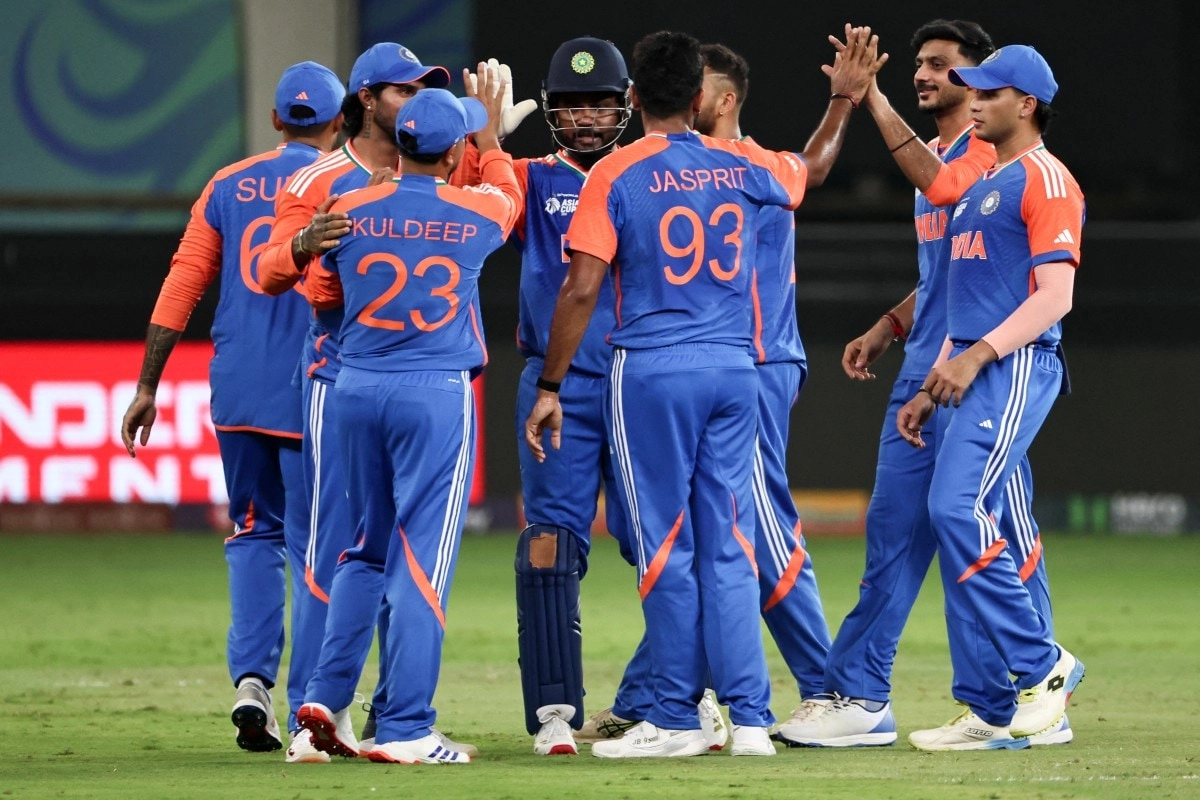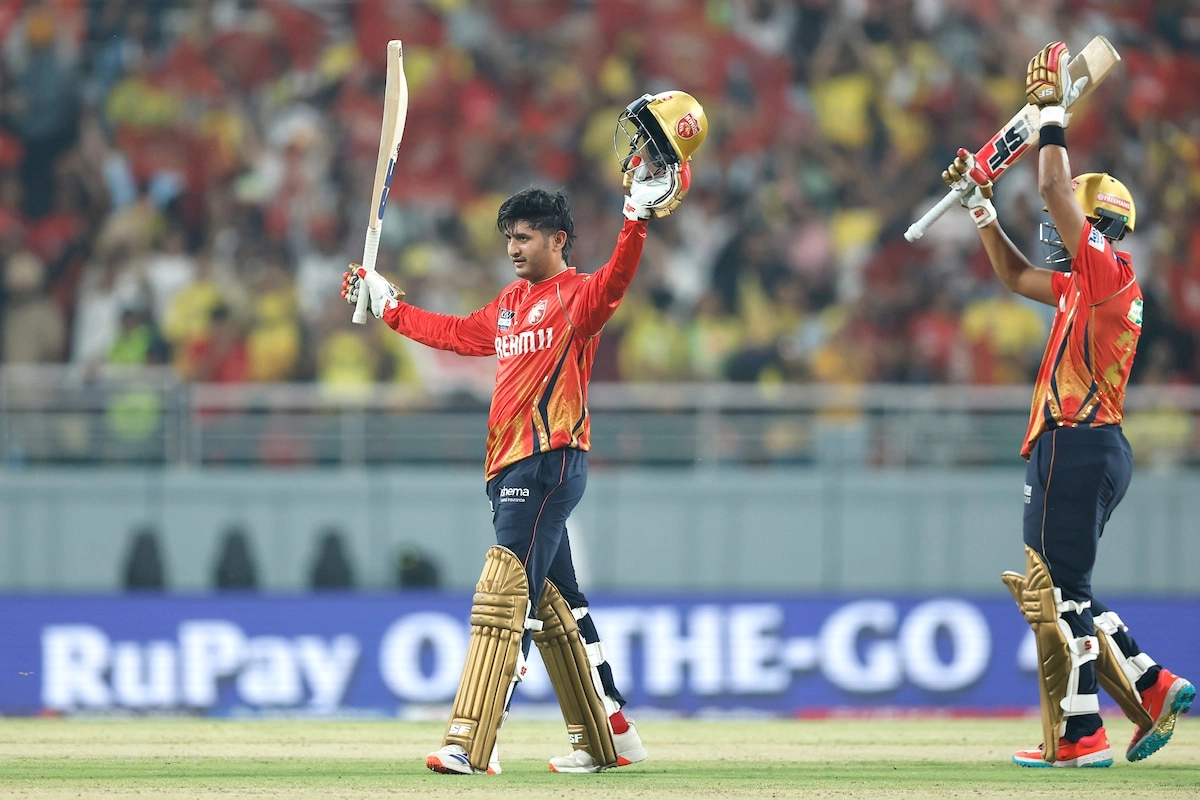The Asia Cup has long been a platform for cricketing rivalry, particularly between India and Pakistan, two nations with a rich history both on and off the pitch. However, recent matches have seen a notable absence of fans in the stadiums, raising questions about the underlying reasons for these empty seats. An ex-Indian cricket star has delved into the issue, suggesting that the calls to boycott matches between these two teams are a significant factor contributing to the lack of attendance. This sentiment resonates with many fans who feel that political tensions have seeped into the realm of sports, creating an atmosphere that dampens enthusiasm for what should be a celebration of cricketing prowess.
The political context surrounding the India-Pakistan matches cannot be ignored. For years, the rivalry has been marred by political strife, and many supporters have expressed their discontent through boycotts and protests. This year, the calls for boycotting matches have gained momentum, particularly due to ongoing tensions between the two countries. The ex-India star posits that this has created a palpable sense of unease among fans, resulting in lower turnout for matches that were once guaranteed to attract massive crowds. The emotional investment that fans have in these encounters is now intertwined with their political beliefs, leading to a complex dynamic that affects attendance.
Moreover, the empty stadiums also reflect a broader sentiment among cricket fans who have become increasingly aware of the ethical implications of supporting teams in a politically charged environment. The ex-player’s insights highlight how the fervor of cricket can be overshadowed by nationalistic sentiments, causing fans to reevaluate their support. Many are torn between their love for the game and their feelings about the political climate, which can result in apathy or outright refusal to attend matches. This ongoing dilemma indicates that the issue extends beyond mere attendance figures; it speaks to the heart of what sportsmanship means in a world where political narratives often overshadow the joy of the game.
In conclusion, the calls for boycotts and the subsequent empty seats at Asia Cup stadiums underscore the intertwined nature of politics and sports, particularly in the context of India and Pakistan. As cricket continues to serve as a battleground for national pride, the challenge remains for fans and players alike to navigate this complex landscape. The insights from former players provide a valuable perspective on how the sport can still thrive despite these challenges, emphasizing the need for a return to the core values of competition and camaraderie that cricket embodies. Ultimately, the future of such high-stakes matches may depend on finding a way to separate the sport from the political tensions that have long plagued it.




